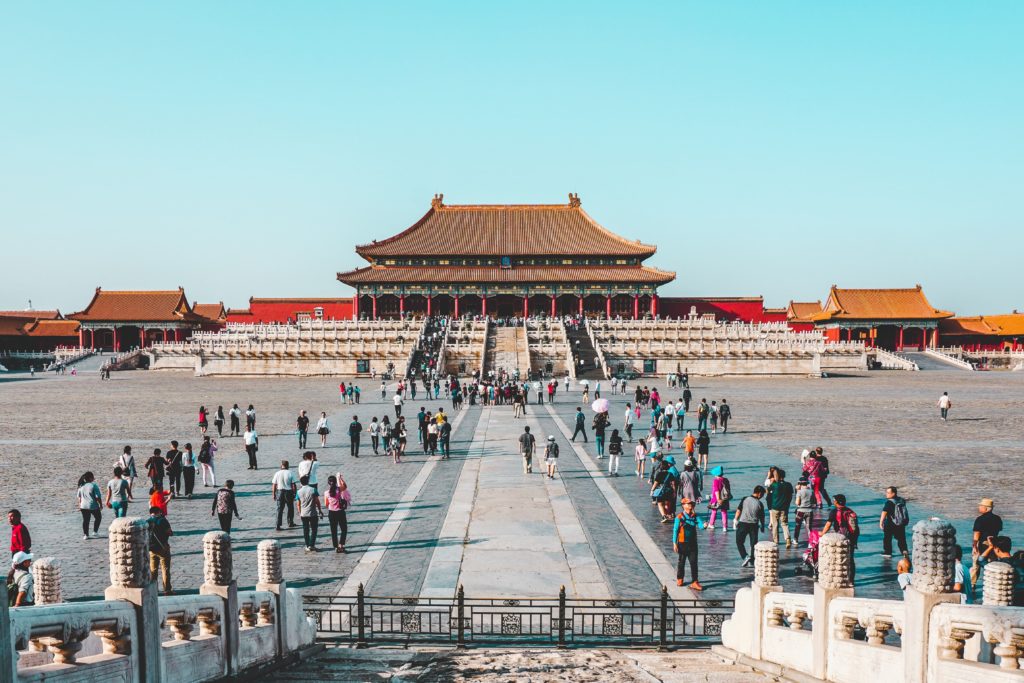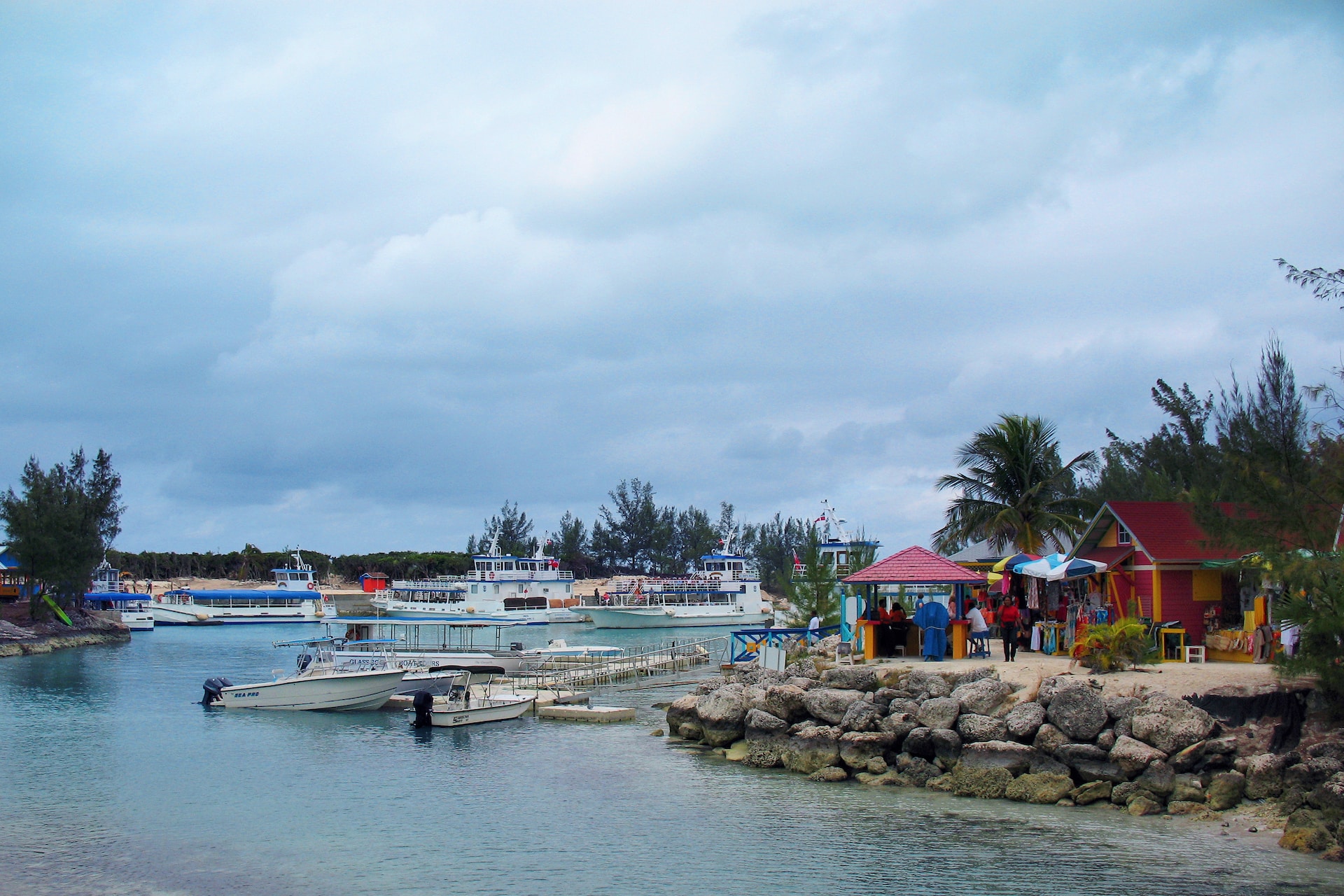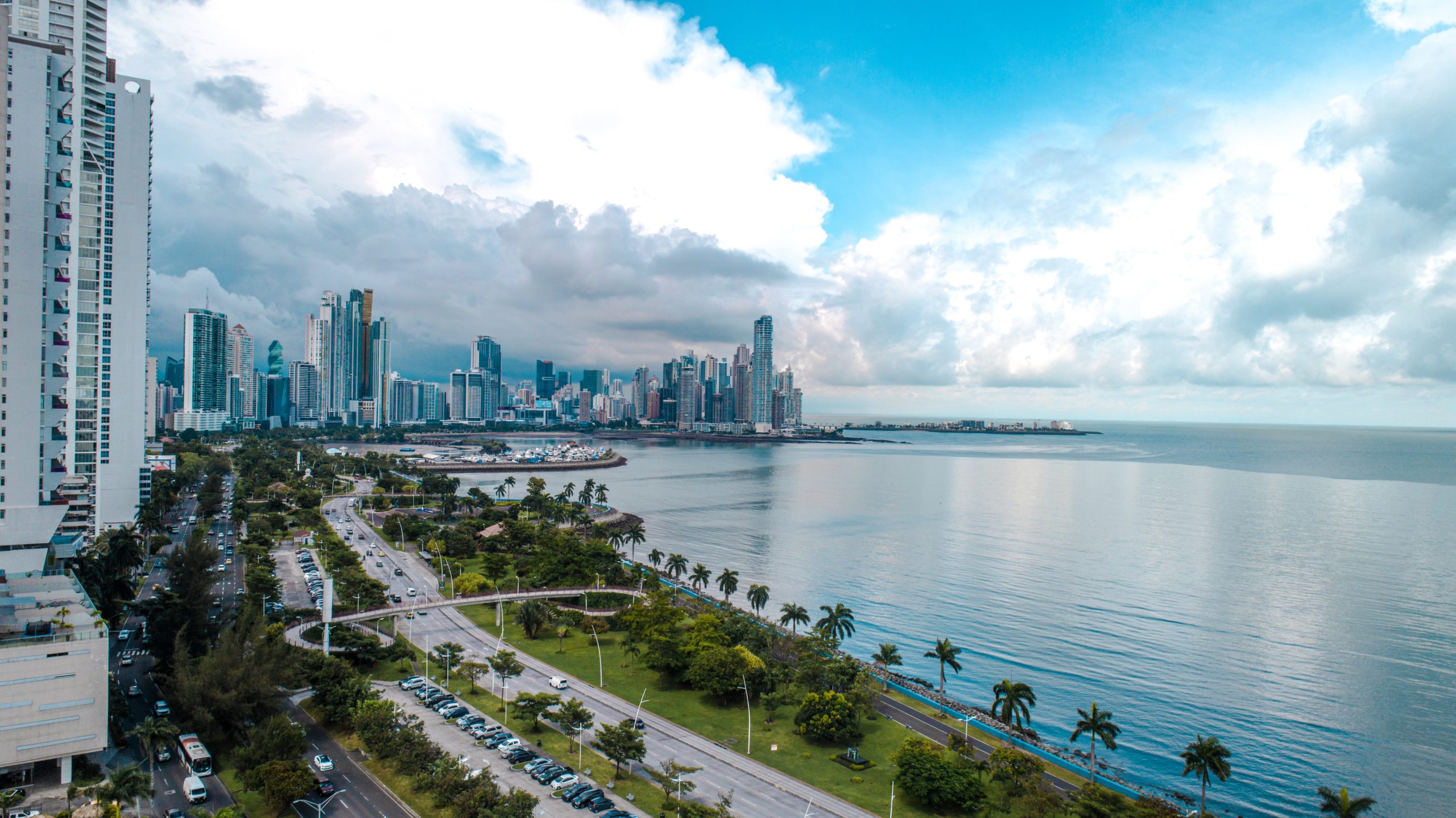Over 100 nations and governments have international trade pacts. Nationalization, adjudication, most-favored-nation status, and return of capital revenues are all covered by China’s foreign investment treaties.
China has 17 free trade treaties with its trading and economic allies and is discussing or executing eight more.

China-Pakistan
The primary purpose of the first part of the deal was to grant tax discounts on at least 85 percent of commodity ranges while also establishing 36 percent of goods as tariff-free. China gave tax reductions on 6418 offerings and Pakistan on 6711 production lines. China and Pakistan both offered each other tariff reductions on specific items.
The second phase began on January 1, 2020, and will continue until 2024. Greater economic exposure for both countries to each other’s economy, a set of covered merchandise, updated security measures, a digital data interchange network, and a flow of payment providers are the primary characteristics of phase two.
China-Singapore
The CSFTA includes various topics, such as commodities and service trading, human mobility, finance, immigration processes, market restrictions, food hygiene, and trade facilitation. According to the deal, taxes on up to 85% of Singapore’s exports to China were erased beginning in 2009, with a further 10% of shipments duty-free beginning in 2010. Coffee and aircraft kerosene are among the products covered by the FTA, with a combined market value of approximately $18 billion. As duties were decreased before the ASEAN-China FTA, Singapore industries gained an economic advantage over their ASEAN peers.
China-New Zealand
This deal has created considerable commercial and economic prospects, as well as a catalyst for increased collaboration in a variety of fields.
This pact gives New Zealand business organizations better accessibility to Chinese marketplaces, as well as future-proofing regulations that enable service exporters in certain industries to benefit from any greater access China accords to other FTA members. Over 97 percent of New Zealand products exported to China have no tariffs.
China-Switzerland
The international commercial pact involving Switzerland and China includes significant measures on intellectual copyright safety. The two countries have pledged to uphold and enforce strong global norms for ipr and compliance. The European Patent Treaty, the deal governs the patent rights of biotechnology innovations.
Under Article 23 of the TRIPS Act, both countries committed to a higher degree of coverage for all commodities, equivalent to that for liquors. This implies that all goods can gain from the higher degree of coverage the TRIPS Agreement provides for liquors.
China-Georgia
Trade in products, trade in services, rule of source, Customs processes and market convenience, hygienic and biosecurity policies, technological obstacles to business, trade remedies, and IPR partnership are covered in the treaty’s 17 chapters. The deal exempts about 94 percent of Georgian exports from customs duties.
After the accord takes place, Georgia will apply zero duties on 96.5 percent of China’s imports, while China will apply zero duties on 93.9 percent of Georgia’s goods. On the grounds of their WTO agreements, both parties will further expand their economies to each other regarding solutions to trading activities. Georgia and China have also negotiated extensive contracts in many areas, including ecology and economics, copyrights, finance, and e-commerce.
China-Australia
In 2015, the China–Australia Free Trade Agreement (ChAFTA) came into operation. ChAFTA is a historic deal that will assist Australia greatly by improving its competitiveness in the Chinese economy, spurring economic development, and generating employment.
The ChAFTA opens the ground for Australia’s commercial engagement with China to move forward. The agreement opens up considerable prospects for Australia in China, which is the country’s biggest export market for products and services and a major source of overseas funding.







